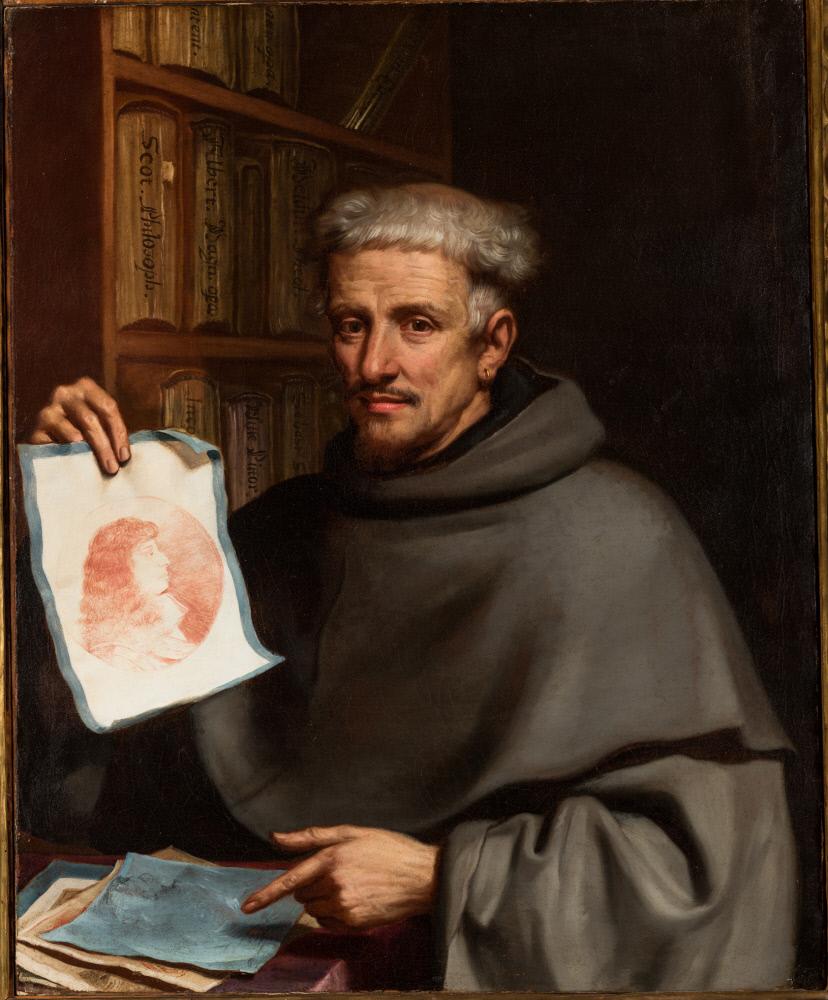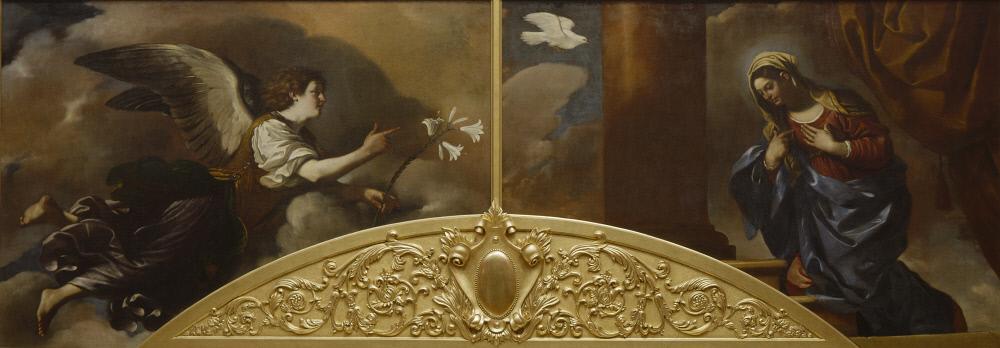The Ringling News
20 December 2022
Guercino and Bisi: Fellow Artists and Friends


Giovanni Francesco Barbieri (1599 – 1666), called Il Guercino in reference to his pronounced squint, was a leading painter of the Baroque period. He painted this magnificent portrait of his fellow artist and friend, the Franciscan friar Bonaventura Bisi (1601 – 1659), in about 1658-59, toward the end of Bisi’s life.
Guercino (Giovanni Francesco Barbieri) (Italian, 1591 – 1666), Fra Bonaventura Bisi, 1658–1659, oil on canvas, 37 × 30 1/8 in. (94 × 76.5 cm). Museum purchase, 2015. SN11531
Fra Bisi (called “Il Pittorino”) was known for his miniature paintings reproducing works by Guido Reni, the Carracci, and Raphael. He was also an important art dealer, supplying large numbers of drawings and paintings to his clients, chief among whom were Leopoldo de’Medici in Florence, Francesco I d’Este, Duke of Modena, and then Francesco’s son and successor, Alfonso IV d’Este. In The Ringling’s portrait, Bisi holds a profile portrait drawing of Alfonso IV in one hand, and with the other points to a pile of drawings on a table. The drawings, on different types of paper and in different techniques, clearly refer to Bisi’s success in procuring such works for his clientele.
It is possible that Guercino made this portrait as a gift for Bisi, since it does not appear in Guercino’s account book recording payments for his work. Guercino portrays Bisi with great sensitivity—note the warmth in the sitter’s eyes, and slight hint of a smile—suggesting the mutual esteem between these two important figures in Bolognese art. The Ringling acquired this portrait in 2015, complementing an important earlier work by Guercino in the museum’s collection, Annunciation (1628 – 1629), purchased by John Ringling in 1929.
Guercino(Giovanni Francesco Barbieri) (Italian, 1591 – 1666), Annunciation, 1628-1629, oil on canvas, Frame (Framed together): 93 1/2 x 234 1/2 x 5 in. (237.5 x 595.6 x 12.7 cm) Image (each section): 76 1/4 x 108 3/4 in. (193.7 x 276.2 cm). Bequest of John Ringling, 1936. SN122
Guercino’s career is marked by the difference between his early work, which typically combines the chiaroscuro effects of Caravaggio with a charm and softness not usually found in followers of this artist, and his later work, which is more academic, and closer to the manner of his Bolognese predecessor, Guido Reni.
Largely self-taught but influenced by the Carracci family, in 1621 Guercino was invited to Rome to work for Pope Gregory XV, and over the next two years painted a number of influential works that would have great impact on the development of Baroque painting.
On the death of the Pope in 1623, Guercino returned to his birthplace, a town outside Bologna called Cento. Guercino’s fame had spread so widely that requests for his paintings came from as far away as England, and he often worked in nearby Bologna and in Modena. He moved to Bologna in 1642, after the death of Guido Reni.